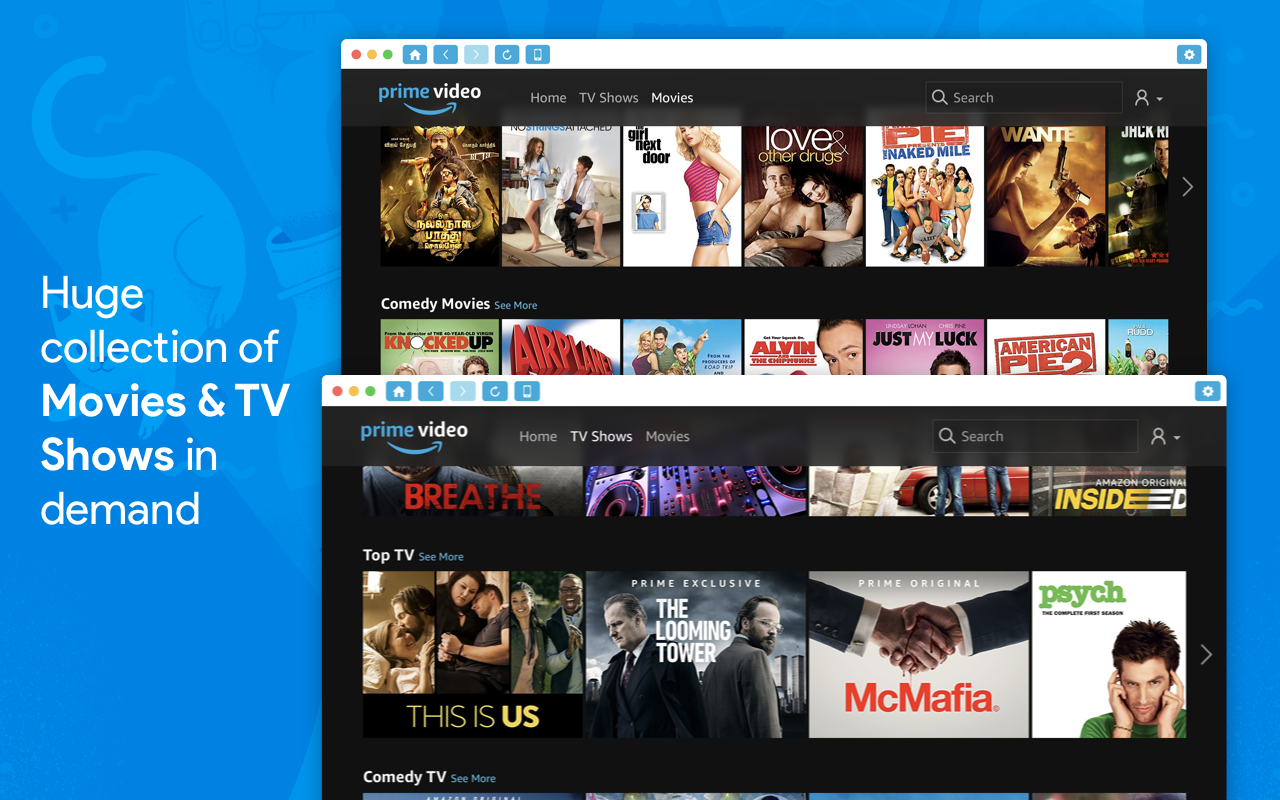

Now that you understand the steps covered in this blog post, let’s get started. Run a Fastlane example pipeline for an iOS project using the Mac build agent.Add the EC2 Mac Instance as build agent to an existing Jenkins.Set up of the Amazon EC2 Mac Instance to build iOS and macOS projects by using the open source tool Fastlane.The following steps review what is covered in the blog post: If you want to follow along and don’t have Jenkins, you can do the Jenkins on AWS tutorial from the jenkins documentation. The following diagram gives an overview of the architecture this blog post builds up.Ī prerequisite for this walkthrough is that you have an existing Jenkins set up within a Amazon Virtual Private Cloud (VPC) to build projects. With this increasing demand for mobile applications, companies investing more heavily into mobile application development to drive user engagement. This blog post helps mobile app developers create using CI/CD pipelines with Amazon EC2 Mac instances. This growth is reflected by the number of available apps in the Apple App Store. With over 3.5 billion smartphone users worldwide and a constant growth in new smartphone users, there is an increasing demand for mobile applications.
#Amazon for mac app how to
While this blog post shows how to use an Amazon EC2 Mac instance with Jenkins, it can be done with different CI/CD applications such as GitLab runners. Additionally, the blog illustrates how to use Fastlane with a declarative Jenkins pipeline on the macOS build agent to build and test your iOS and macOS applications. In this blog, you learn how to add an Amazon EC2 Mac instance as a build agent to an existing Jenkins server. Jenkins offers the ability to use build agents, to distribute CI/CD pipelines across machines or schedule parts of a pipeline to a specific instance type or container. Previously, customers did not have access to On-Demand Instance macOS environments in the cloud.Ī common CI/CD automation tool for developers is Jenkins. Today, millions of developers rely on Apple’s industry-leading platforms and tools such as Xcode and Swift, and powerful frameworks like Core ML and Metal, to create apps for over a billion customers globally.

With EC2 Mac instances, it’s possible to bootstrap macOS machines in the cloud and use these for building, testing, and deploying iOS applications in the cloud with the security, scalability, and flexibility of the cloud. With Amazon EC2 Mac instances, AWS customers can run macOS workloads on AWS and benefit from the scale, elasticity, reliability, and experience of AWS. This post is written by Benjamin Meyer, Solutions Architect at AWS


 0 kommentar(er)
0 kommentar(er)
